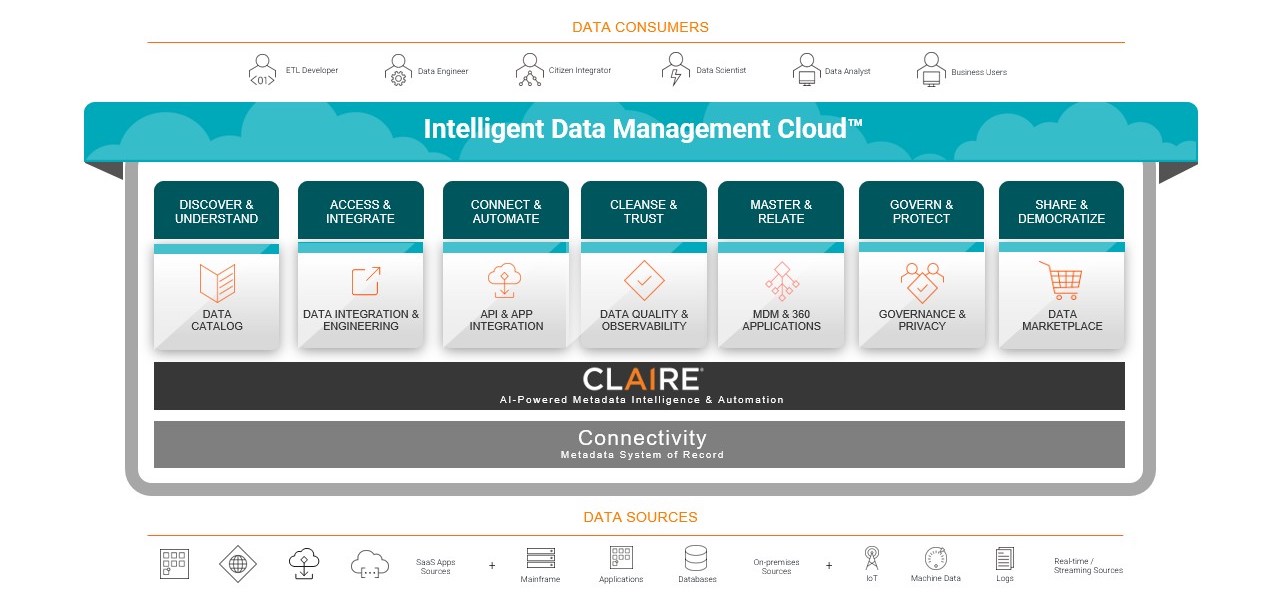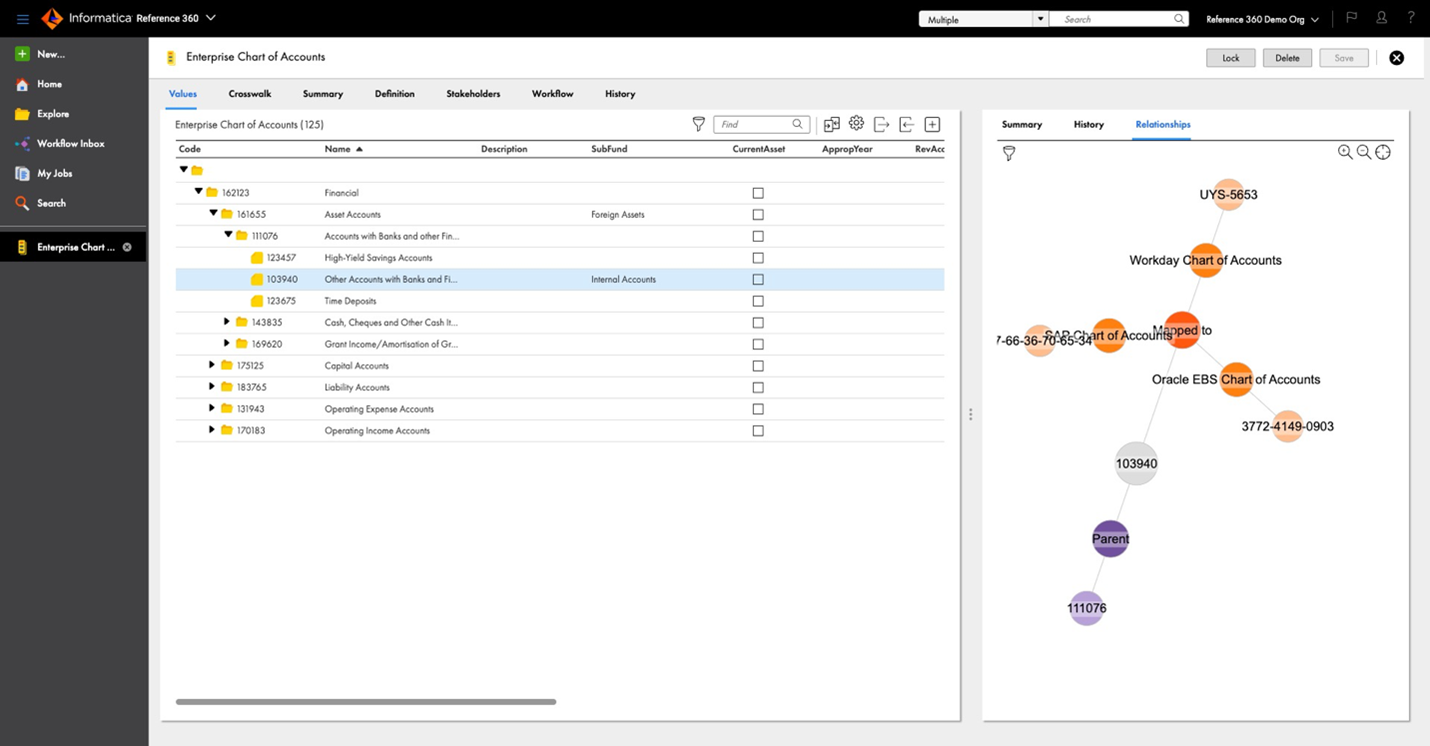To Buy or To Build a Reference Data Management Solution? That Is the Question

Three years ago, the pandemic introduced a new paradigm shift to the business landscape that affected all global economies. Businesses were forced to adapt to having a primarily remote workforce, which caused disruptions that exposed vulnerabilities in many organizations’ day-to-day operations. It also led to several data-related challenges, the effects of which continue to be felt today.
Companies struggling to stay competitive often are using outdated, homegrown data solutions or repurposing other tools, such as spreadsheets, to manage their data. In using such solutions, companies are plagued with inefficient and manual processes that lead to significant delays in completing change requests. This causes further delays in providing operational and management reports to leaders to help them make informed decisions.
Specific examples of inefficiencies include reconciliation issues and reporting inconsistencies, unclear responsible, accountable, consulted and informed (RACI) roles, duplicative efforts and too many manual touchpoints that lead to compliance and regulatory scrutiny.
Unfortunately, the problems outlined above pose significant hurdles to effective reference data management. Improper oversight of reference data management leads to poor data quality, significant redundancy and duplication of efforts. Updating data in separate applications creates several problems for organizations today, such as inconsistencies in reference data among these applications. These inconsistencies lead to inaccurate reporting of the data that leadership heavily relies on. Choosing to build a reference data management solution for the sake of keeping costs down or not getting buy-in from IT and business leaders to purchase a third-party solution can often cause companies to face greater costs in the long run. They find they are unable to scale from the standpoint of supporting the reference data management as well as effectively integrating with the applications requiring reference data.
Organizations require a robust solution that consolidates reference data management in a central repository, creating a golden version, or copy, of the reference data. The ideal reference data management solution simplifies the onboarding, maintenance and propagation of data while adhering to data governance policies and standards that can easily be configured through the use of no-to-low-code business rules.
In addition, the ideal solution will also provide an easy-to-use, business-focused user interface (UI) and give users self-service capabilities to define reference data models and configure the approval workflow process for additional data governance compliance.
Improving reference data management enables companies to improve day-to-day change management. It also helps them support complex reporting needs driven by hierarchy views that are easily configured and managed within the solution. In addition, the ideal solution will allow organizations to grow and scale their ability to offer automatic upgrades and fixes to enhancements, features and functionality on a regular basis.
Comparing Buying vs. Building a Reference Data Management Solution
Both buying and building reference data management solutions come with their share of advantages and disadvantages. When choosing the build option, many organizations struggle with the total cost of ownership (TCO) associated with the build process and associated activities because many factors come into play. These include having a clear vision and understanding the requirements and risks associated with custom-built solutions. With such decisions, building a reference data management solution comes with the following advantages and disadvantages:
Advantages of a build solution:
- Offers better control and autonomy
- Tailors the solution to address your unique business needs
- Allows you to maintain ownership of the software code
- Carries no license fees or associated maintenance agreements
- Enables you to utilize in-house resources to fully support the solution
Disadvantages of a build solution:
- Makes it difficult to scale because of custom code
- Draws out lead times when changes tied to development cycles led by IT occur
- Slows down the timeline and increases costs for bug fixes and troubleshooting
- Makes enhancements more expensive
- Puts the internal IT team in charge of maintenance, which can be a potential risk
- Lacks dedicated support teams
- Takes longer to realize your full return on investment (ROI) and can increase TCO
In contrast, when buying a reference data solution, organizations spend less time struggling to determine TCO because they don’t need to be involved in the development of the solution. The risk level is also lower when buying a solution because companies like Informatica typically provide a dedicated support and development team. This helps reduce the time needed for updates and bug fixes. However, like the build option, buying a reference data management solution also comes with advantages and disadvantages, such as:
Advantages of buying a solution:
- Reduces development time and increases frequency of enhancements
- Offers quick ROI
- Includes a network of implementation partners
- Embeds best practices in a purpose-built solution
- Provides configuration-based setup vs. coding
- Accelerates adoption by the business
- Helps lower TCO
Disadvantages of buying a solution:
- Requires upfront software licensing and maintenance agreements
- Makes integration with outside sources potentially challenging
- Means your business needs to learn a new tool, which could be cumbersome
- Brings potential for compromises on meeting all your requirements
As you can see, buying a reference data management solution provides more tangible advantages than building a solution. Costs associated with maintaining a build option, the need for additional testing and upgrades associated with bug fixes can be unpredictable and very expensive.
Advantages of Using a Self-Service, Purpose-Built SaaS Reference Data Management Solution
Reference 360 is a cloud-native master data management (MDM) service within the Informatica Intelligent Data Management Cloud (IDMC). IDMC is the industry’s first and most comprehensive cloud-native, AI-powered, end-to-end data management cloud. The Reference 360 solution offers companies an alternative to continuing to use homegrown or repurposed reference data management solutions to meet today’s challenging demands. Leveraging Reference 360 helps empower users and allows companies to simplify compliance. It also helps organizations reduce risks, remove operational overhead and lower costs.
Embracing the Intelligent Data Management Cloud Platform

Figure 1: The Informatica Intelligent Data Management Cloud offers a comprehensive reference data management solution.
Reference 360 utilizes the power of IDMC. Driven by our CLAIRE AI, IDMC connects, unifies and democratizes your data to advance your business outcomes.
Informatica IDMC helps organizations deliver on their digital-first initiatives and build a competitive edge with these critical attributes:
- Cloud-native at scale: Scale as needed for virtually all enterprise workloads with elastic and serverless processing.
- AI-native at scale: Automate thousands of manual tasks and accelerate data-led transformations by applying AI and machine learning (ML) to data and metadata.
- Multi-cloud, multi-hybrid: Run, interoperate and support virtually all combinations of multi-cloud and on-premises hybrid infrastructures.
- Low-code / no-code experience: Maximize agility by empowering the largest possible community of data practitioners within your organization.
- Security and trust as design principles: Ensure the highest level of security, consistent data quality, end-to-end data governance and data privacy across the enterprise.
Offering Agnostic Data Integration Capabilities
IDMC also includes Cloud Data Integration, Cloud API and Application Integration and access to over 100 third-party connectors. These aid companies in propagating data managed in Reference 360 to virtually all the enterprise applications within their ecosystem. Within Reference 360, users can configure scheduled batch jobs to import and export large data sets, import and export smaller data sets directly from within the Reference 360 UI or extract data using the Reference Data APIs.
Enhancing the Data Management Experience

Figure 2: A clean, easy-to-use interface provides a graphical view of code value relationships and the quick onboarding of data.
Reference 360 provides a clean, easy-to-use interface that allows users to quickly onboard their data and start managing it in as little as a couple of hours, depending on the number of data sets.
Features include:
- Enabling line of business (LOB) users to manage their data sets
- Offering a self-service module for change management driven by a request / approval workflow
- Managing hierarchies, alternate hierarchies and crosswalks
- Delivering changes to financial applications and processes via data integration
- Offering cloud-based SaaS applications
- Including Informatica data integration import and export if Reference 360 is the source or target
- Providing access to Informatica Data Quality
Next Steps
Want to empower your business users, simplify governance and compliance, remove operational overhead and accelerate time to value for data initiatives? Informatica Reference 360 can help you prioritize reference data management as part of your enterprise data strategy. Learn more by downloading this data sheet.








